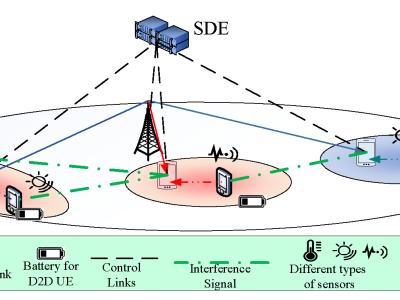
This paper investigates resource management in device-to-device (D2D) networks coexisting with mobile cellular user equipment (CUEs). We introduce a novel model for joint scheduling and resource management in D2D networks, taking into account environmental constraints. To preserve information freshness, measured by minimizing the average age of information (AoI), and to effectively utilize energy harvesting (EH) technology to satisfy the network’s energy needs, we formulate an online optimization problem.
- Categories:



